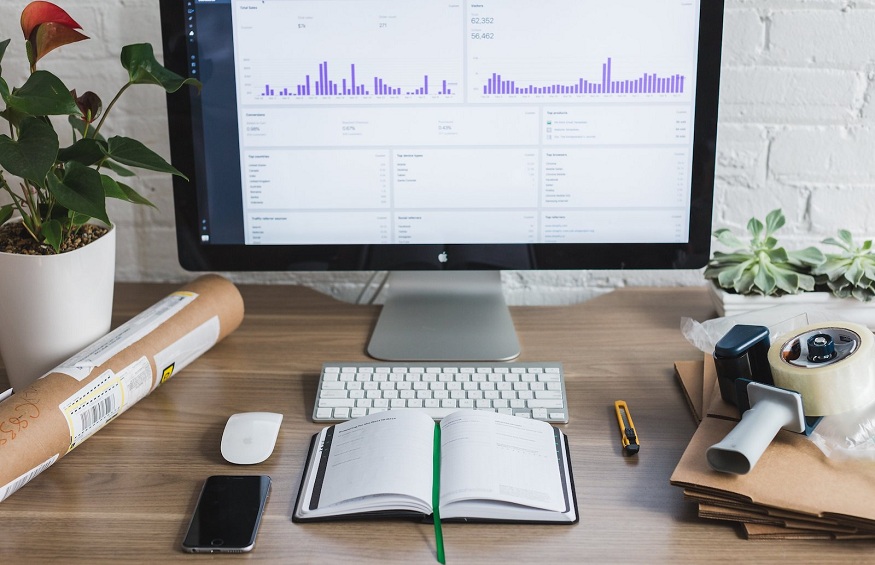Demand fluctuations are very common in any business market and can disrupt the operations leading to incurring losses for the company. To correctly manage sales as a business owner, you must organize and plan your business activities in advance. One of the best ways to accomplish this is by incorporating demand forecasting tools into your business strategy. This is where a robust demand forecasting software can help you foresee the future sales by considering multiplefactors influencing sales and profitability.
Demand forecasting is a key step in the supply chain distribution process and influences all decisions regarding business operations. Businesses thus should use reliable demand forecasting tools to make educated judgments about inventory. This will ensure that customers are satisfied and will always be able to getwhat they want when they want it. Additionally, it helps the business reduce overstocking expenses and the revenue loss brought on by out-of-stock goods.
Let’s see how businesses can obtain the best results through demand forecasting.
1. Analyzing Historical Data Won’t Be Enough
Businesses are highly vulnerable when relying only on historical data to estimate demand because it may lead to significant errors in forecasting. Given the volatilityof our world and the likelihood of rapidchanges.
Historical data does not factor in the potential demand uplifts that could impact business outcomes, even though there may be recurring tendencies. The causes of these anomalies cannot be determined by historical data alone. More accurate and predictive technologies can disclose insights that enable better decision-making across inventory management, personnel, and marketing campaigns rather than turning demand forecasting into a guessing game involving a lot of work and risk.
Effective demand forecasting tool includes data and analytics solutions that businesses can use to enhance planning and anticipate demand anomalies, reducing food waste, protecting the environment, and incurring fewer losses.
2. Selecting the Proper Demand Forecasting Software
Software for demand planning enables businesses to carry out demand planning at the scale and speed demanded by the current business environment while offering a sole source of data for all stakeholder activities, including supply chain, marketing, sales, finance, and more.
With a top-notch demand forecasting solution in place, businesses can improve team cooperation, boost their confidence in the accuracy of their forecasts, and guarantee that every department gets the data it needs to operate efficiently. The standard features should include the following:
3. Historical Data Analysis
The creation of forecasting models for specific items using previous demand data is a fundamental feature of a demand forecasting tool. The involved algorithms consider local and worldwide economic trends, exclusions, and irregularities.
Modern demand planning tools are highly accurate, and do not project demand too far ahead in time in order to avoid puting your company at risk for unforeseen catastrophes and calamities that could harm your supply chain.
4. Product Lifecycle Management
A demand planning tool frequently monitors the product’s lifespan, from launch to final expiration. The shelf life, sales figures, and consumer feedback of a product might reveal information about related or dependent products. An effective demand planning system must comprehend this data to use it to plan for the demand accurately.
5. AI and Machine Learning Based Demand Analysis
Demand analysis is the process of gauging and predicting product demand in real time using factors such as weather, competitor activity, seasonal patterns, and consumer response to promotions and marketing.
Demand forecasting tools are increasingly using artificial intelligence and machine learning and have become the go-to option in a post-pandemic world with increasingly complicated global supply chains. Supply chain logistics, inventory control, and customer interactions are just a few areas that have significantly improved due to the use of AI-enabled services.
6. Sales and Operations Planning
Planning for sales and operations is accompanied by planning for demand (S&OP). You can manage sales, production, inventory, and backorders if you have access to real-time KPIs.
Most demand planning systems assess forecasting accuracy by comparing anticipated results to actual outcomes and automatically adjusting future computations for increased efficiency.
7. Segmentation Analysis
The capacity to forecast utilizing several variables and filtering by product, client group, period, markets, and more is necessary for demand forecasting. Your software solution should allow you to add any particular elements you require in a given forecast study and adopt either a holistic or granular perspective (or both), depending on the circumstance.
About the Company
By combining historical sales data with additional factors like seasonality, customer trends, and others, Kronoscope, a powerful demand forecasting tool powered by AI from Fountain9, enables organizations to make precise estimates. Businesses can reduce the difficulty of managing large inventories by optimally stocking their inventory while considering the anticipated demand for the forthcoming period. The software can calculate the quantity that must be stored to meet demand appropriately, which can accurately estimate demand for each SKU item.
